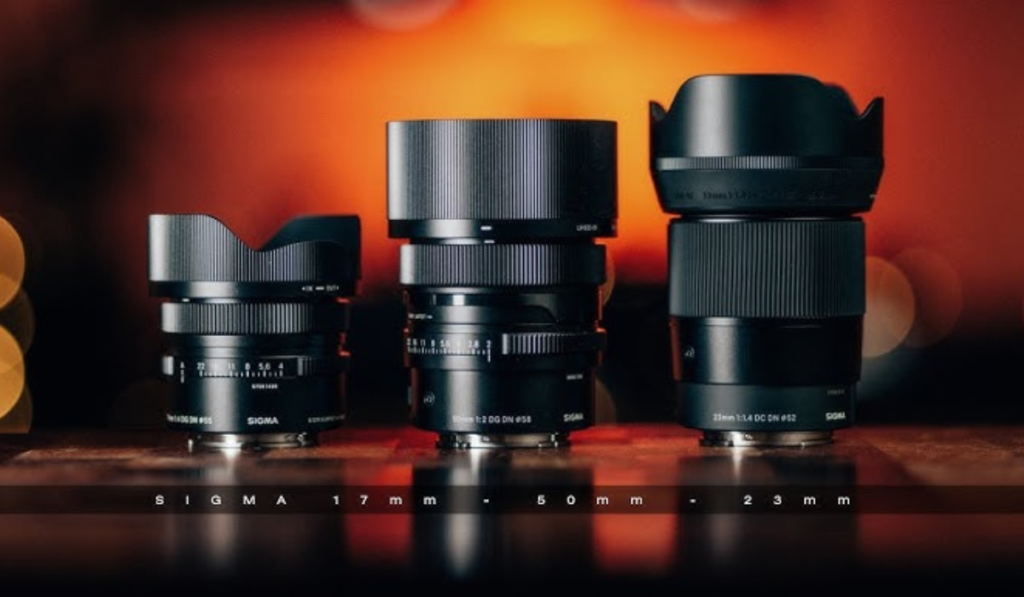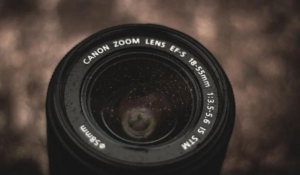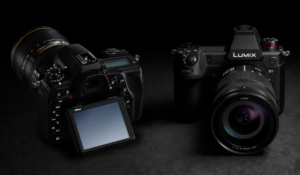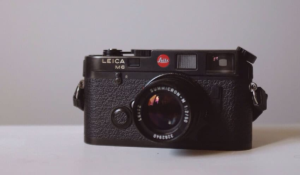Prime vs. Zoom Lenses: A Beginner’s Guide

Beginners face a crucial decision when it comes to choosing between a zoom and a prime lens. Each lens type has its own advantages and disadvantages that are tailored to the different shooting styles and preferences. We’ll explore the pros and con of prime and zoom lenses in order to help you make this important decision for your photography.
Introduction:
Zoom lenses are becoming more popular with photographers due to advances in image sensor technology. Prime lenses are still highly sought after, despite manufacturers constantly improving their products and new third-party options entering the market.
What is a Prime Lenses?

Prime lenses have a fixed focal-length, and are not zoomable. These lenses are available in a variety of focal lengths, sizes and mounts. They range from super-telephoto to fisheye.
What is a Zoom lens?
Zoom lenses have a variable focal-length, which allows photographers to adjust their angle of view simply by turning the zoom ring. They are versatile, as they allow you to shoot at different focal distances within a certain range.
Prime lenses have many advantages:

Cost: Prime lenses are more affordable than zoom lenses and offer high-quality optics for a lower price.
Prime lenses are smaller and lighter in weight than zoom lenses. This makes them more portable and comfortable to use.
Learning Factor: Prime lenses allow photographers to experiment with compositions and angles, by moving physically closer or farther from the subject. This helps them develop a better understanding of perspective and framing.
Creative Control through Faster Apertures. Prime lenses feature larger maximum apertures that allow for shallow depths of field, enhanced subject separation and creative control over focus and background blur.
Low Light: Fast primes excel in low light conditions. They offer wider apertures that capture more lighting without compromising the image quality. This makes them ideal for night and indoor photography.
Sharpness: Primes are known for their sharpness. This is especially true at longer focal lengths. They deliver high quality images in a variety of shooting situations.
Zoom lenses have many advantages:

Versatility: Zoom lens offer versatility with variable focal lengths. This allows photographers to adapt to various shooting scenarios without having to change lenses. They are suitable for different photography genres.
Image Stabilization: Many lenses come with image stabilization, which reduces camera shake, and allows for sharper pictures, especially in low light conditions or when taking photos handheld.
Portable: A single zoom can replace several prime lenses. This simplifies equipment management, reduces the need to change lenses frequently during shootings and improves workflow efficiency.
Prime Lens vs Zoom Lens, Which should you get?
Prime and zoom lenses are best suited to specific shooting situations and preferences. Prime lenses are best for low-light performance and certain applications. Zoom lenses provide versatility and convenience in everyday shooting.
Final words:
Beginners can experiment with prime and zoom lenses in order to better understand their strengths, limitations and to help them make an informed decision based on their goals and preferences. With experience, photographers’ choice of prime or zoom lenses will become a matter for personal taste and creativity, which ultimately enhances their photographic journey.



